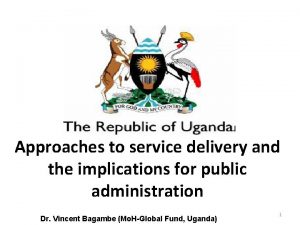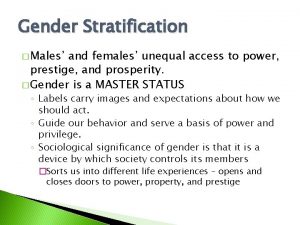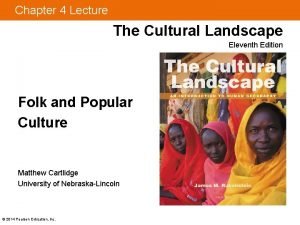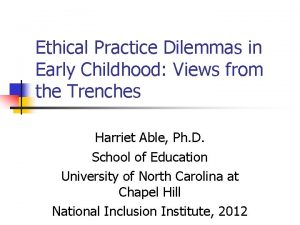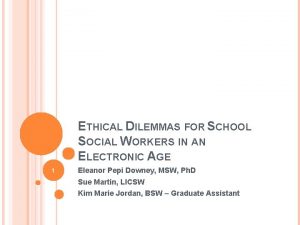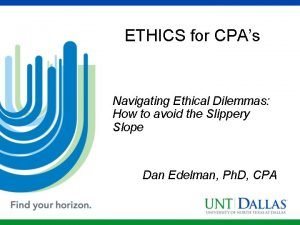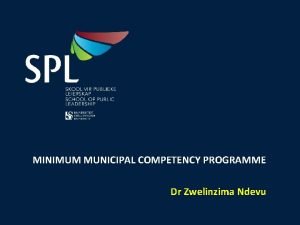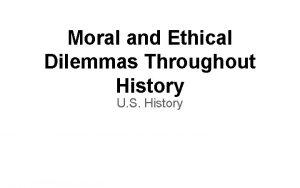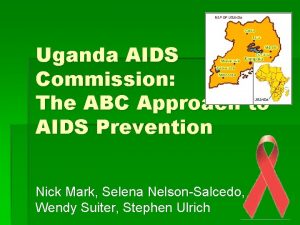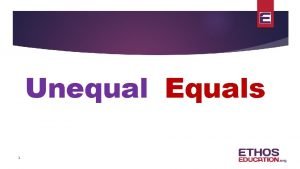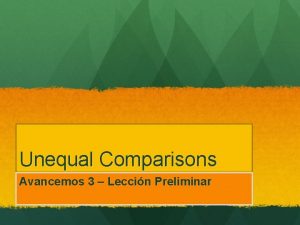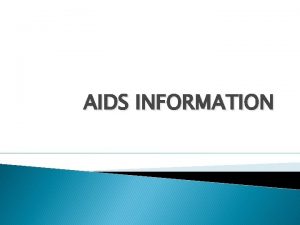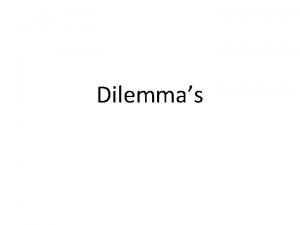Treating AIDS Dilemmas of Unequal Access in Uganda












- Slides: 12

Treating AIDS: Dilemmas of Unequal Access in Uganda Susan Reynolds Whyte (Anthropology, Copenhagen) Michael Whyte (Anthropology, Copenhagen) Lotte Meinert (Ethnography & Soc. Anthropology, Aarhus) Betty Kyaddondo (Child Health and Development Centre, Makerere) Drawing on participant observation, qualitative interviews, work with key informants and document reviews, we map out the channels through which antiretrovirals (ARVs) are being made available to people. We describe and assess the social implications of the present system of distribution. Four channels of access to ARV medicines were common in mid-2003. 1) Medicines were provided free in structured research and treatment programs funded by donors, but only to those who lived in a defined catchment area and met inclusion criteria. 2) Authorized treatment centers provided drugs on a fee-for service basis; these urban-based institutions account for the largest number of drugs dispensed. 3)Private practitioners, mainly based in Kampala, provide discrete treatment for those who can afford it. 4) Finally, medicines are ’facilitated’ along informal networks, supplying friends and relatives on a less regular basis, sometimes for free, sometimes for cash. However, access to ARVs remains highly uneven. We argue that cheaper drugs make possible different kinds of access, different qualities of care, and a growing awareness of inequity. Because the price of drugs has fallen drastically, middle-class families now have the possibility of buying them. But this requires tough prioritizing and many cannot follow the regime regularly. Health workers must consider whether patients will be able to purchase the drugs or not. In a kind of popular social pharmacy, people assess who can and should and does get access to ARVs. Further research should examine the whole range of ARV access channels in different countries and the associated patterns of social differentiation and exclusions. 1

Background: ART in Uganda 1 • Antiretroviral therapy (ART) has been available in Uganda for more than 10 years • About 157, 000 people are in need of antiretrovirals (ARVs) • By 2003 about 10, 000 were taking them • Uganda’s progressive AIDS policy and open attitude are conducive to treatment initiatives • Resources are flowing in for a variety of ARV treatment programs and research projects 2

Background: ART in Uganda 2 • Fee-for-service AIDS clinics are established in several cities • Recent price falls put ARV treatment within reach of more families • More people are aware that medicine exists and that a few are receiving it • ARV availability is uneven within the country • Accessibility is restricted 3

An Exploratory Study • To map out the channels through which ARVs are available • To describe the nature of access to these channels • To examine the dilemmas that restricted and unequal access poses for families and health workers • To document different viewpoints on unequal access to ARVs 4

Methods • Document review • Interviews with patients and families in Kampala and Tororo District • Interviews with physicians treating AIDS patients • Interviews with pharmacists and a ’sales rep’ • Participant observation with families dealing with AIDS • Conversations with colleagues, friends, acquaintances 5

Four Channels for ARV Access • Research projects and donor supported programs offer free treatment for those who meet inclusion criteria in a given catchment area • Authorized treatment centers provide fee-forservice care mostly in Kampala • Private physicians prescribe ARVs; prescriptions can be filled at some Kampala pharmacies • People get ARVs through contacts in Uganda and abroad; drugs not necessarily taken under medical supervision 6

Inclusion and Exclusion Currently existing free treatment is exclusive • Treatment projects are restricted to certain locations (mostly urban) • ARV research projects have explicit inclusion and exclusion critera • Donor funded programs have defined target groups and procedures for becoming a beneficiary • Prevention of Mother to Child Transmission (PMCT) programs were available in 18 hospitals by early 2003, but HIV+ mothers were excluded in the sense that no ARVs were offered to them 7

Health Workers and Referral Most people who need ARVs are not eligible for free treatment projects. In Kampala and some other towns, they could get ARVs if they could afford them. • Health workers in public facilities must deal with a situation in which most people who need ARVs are too poor to sustain treatment • Some routinely inform all about ARVs and their costs • Others only inform those patients and families who give the impression that they can afford the medicines 8

Affording the Next Dose • Generic triple combination drugs cost $28/month in June 2003, a minimum that does not include other drugs, tests, and consultations • For most people this is not affordable • For middle-class families, affording treatment means sacrifice: selling property, taking children out of school, neglecting other needs • ’Triage’ within families involves deciding which of several sick people to put on treatment • Families who raise money to get a sick person onto ARVs may not sustain contributions once the patient improves • In the ’natural’ situation of paying for treatment, the majority are not adherent because they and their families cannot sustain the costs every month 9

Discretion and Solidarity • Free treatment programs and authorized centers dedicated to ART promote openness about HIV status • Physicians treating AIDS noted that high status men want and can afford discretion • AIDS activists argue that private treatment and treatment provided discretely to influential people undermines openness and solidarity • Taking any kind of medicine ‘in secret’ is often seen as suspicious behaviour: ‘what is he hiding? ’ 10

Conclusions • Price falls and many externally financed treatment initiatives have made ARVs more available • But availability is not systematic and access is uneven • Although some free treatment is available, most of those on ARVs in June 2003 were paying for them • International interest has focused on the problems of supplying ARVs and on specific treatment projects • It will be a long time before ARVs are available free for all who need them in countries like Uganda • In the meantime unevenness and inequality of access must be confronted 11

Questions for Comparative Research • What are the actually existing channels of access to ARVs and how do they relate to one another? – Do new resources provide ART in a parallel system? – Do they undermine or strngthen the public health system? • How do healthworkers communicate with patients and families about possibilities for ART? • How do individuals and families who are trying to pay for ART weigh priorities? • How important is it that people on ART are open about their HIV status and treatment? • How can ART be made more widely and equitably available on a national level? 12
 Uganda aids rate
Uganda aids rate The unequal access of males and females to property
The unequal access of males and females to property Why is access to folk and popular culture unequal
Why is access to folk and popular culture unequal Engineering ethical dilemmas
Engineering ethical dilemmas Ethical dilemmas in early childhood education
Ethical dilemmas in early childhood education School social work ethical dilemmas
School social work ethical dilemmas What is ethical reasoning
What is ethical reasoning Leadership dilemmas grid solutions
Leadership dilemmas grid solutions What is an ethical dilemma? *
What is an ethical dilemma? * Cpa ethical dilemmas
Cpa ethical dilemmas 5 steps in resolving ethical dilemmas
5 steps in resolving ethical dilemmas Historical ethical dilemmas
Historical ethical dilemmas Jaime baise
Jaime baise
